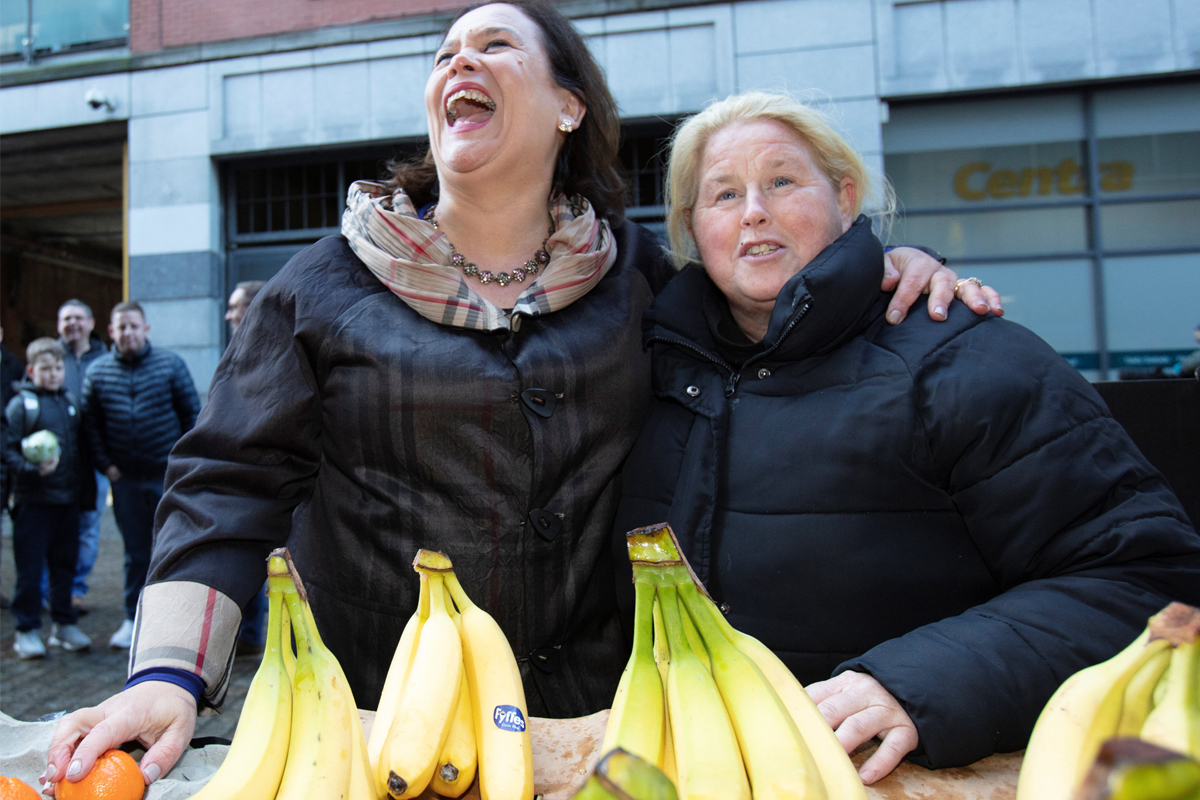It has been a watershed election in Ireland. The voters have effected what has been called an “electoral uprooting” 40 years after the two major political parties ~ Fianna Fail and Fine Gael ~ traditionally won 80 per cent of the votes and thus entrenched themselves further in the nationalist spectrum.
Seldom has a psephological swing been so astounding ~ last Saturday they polled just 44 per cent between them. The striking feature of the outcome must be that Sinn Fein very nearly topped the Irish poll for the first time in a century. It may even have topped the poll, according to some tally projections. In terms of share of the vote, and according to normally reliable exit polls, the election was a genuine photo-finish.
Advertisement
Fine Gael, which has governed Ireland for the last nine years, scored 22.4 per cent. Fianna Fáil, which tends to alternate in power with Fine Gael, took 22.2 per cent. Sinn Féin scored within the so-called big two with 22.3 per cent. To summon the metaphor of a football match, the referee would probably still be dithering over the verdict.
The political message is clear, however. The balance of power is manifest in a nation where two parties had dominated the narrative for four decades. The resurgence of Sinn Fein is in itself a landmark development in electoral politics. This is a vote for change, though not the status quo quite yet. Sinn Féin’s surge leaves the republic with a political outcome that will have to respond to the public mood.
Not that Brexit was a determinant of Ireland’s 2020 election; on closer reflection, in the exit poll, only one per cent believed that Brexit or the border were critical in the overall construct. More accurately, Sinn Féin owes its resurgence to a groundswell of young voters’ impatience on domestic economic and welfare issues rather than the revival of old-style republicanism. Another possible factor is that Mary Lou McDonald has replaced Gerry Adams since the last election in 2016.
In tangible terms, it meant that one in three voters under 35 had a channel to vent their frustrations. Fine Gael has suffered because of its failures on health and housing. Fianna Fáil has discovered that its record in the banking crisis of 2008-10 was dismal, one that voters have not forgiven or forgotten. While the outcome has been decisive in its own way, the political landscape is as yet far from clear, specifically the replacement of the traditional FFFG duopoly in government.
Ireland bears witness to three-party politics. Sinn Féin’s roots in Irish history go back even further than those of its rivals. The other two parties have said they will not go into coalition with it because of the past. Yet the alternative is far from obvious. None of the three parties is ascendant. The contours are far from clear. It has been a vote for change, but that change is far from settled.









